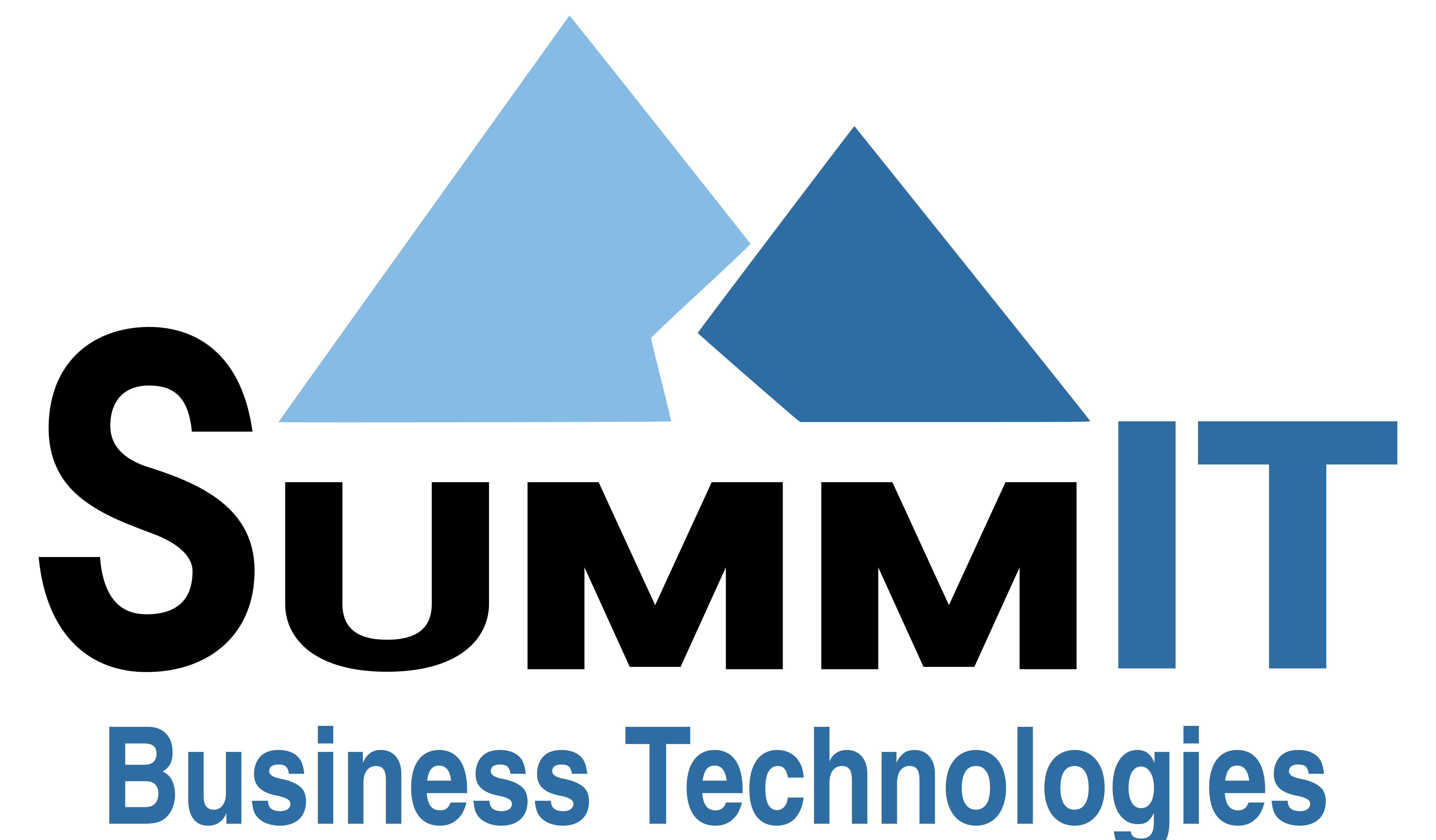To discourage a hacker, it helps to understand why they want to hack your site. It likely has nothing to do with you or your business. Your website is just one of thousands they continually scan until they find a chink in the armor.
It’s a good bet someone is scanning your site right now. (We can check that.)
Hackers hack for several reasons. There are always the bad actors intent on stealing your company or customer’s data, selling it on the deep web to wipe out your bank accounts, assume your identity or harm your customers. Sometimes, however, they hack just for the fun of it. It’s a challenge. Like a video game, they like the thrill of the chase.Make it Too Much Trouble for Hackers
Hackers will move on if they can’t find a quick, easy way to exploit your website. Here are 8 steps to send them packing:- Maintain your website. Update your site immediately when WordPress and other platforms release security updates, including plug-ins, themes or other add-ons.
- Don’t skimp on your hosting provider. According to WordPress, 41% of sites get hacked through insecure hosting platforms. Make sure your hosting services offer security measures like these.
- Ensure your site is backed up and store that backup data off-site. While any backup is better than no backup, the devil is in the details. You own the data and how it’s protected is up to you, even when it’s backed up by a cloud service provider.
- Limit the number of users with administrative access to your website. Remove or disable the accounts of designers, marketers or anyone who doesn’t regularly access, or with whom you have parted ways. Can you detect unauthorized access? Yes, It requires extra protection.
- Use antivirus software to scan your site for malware on a regular basis. If you don’t have antivirus software, look for recommendations from a managed services provider or a reputable site like an IT publisher. There are offers on the web that look legitimate but are actually scams.
- Lame passwords make a hacker’s job so much easier. Don’t use a password that’s easy to guess. An 8 character password that includes capital letters, numbers and symbols can change the time required to crack a password from milliseconds to years.
Where IT Security Resources are Needed
Whether you have an IT department or rely on a managed services provider like Summit, the following tasks require some IT expertise:- Configure security services to lock out users with too many failed login attempts
- Lock out IP addresses which hunt for known vulnerabilities.
- Deploy an advanced web site firewall (emphasis on advancedÂ)






